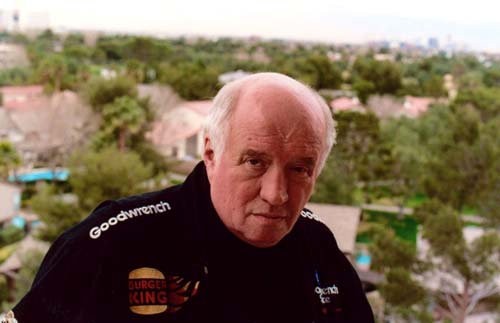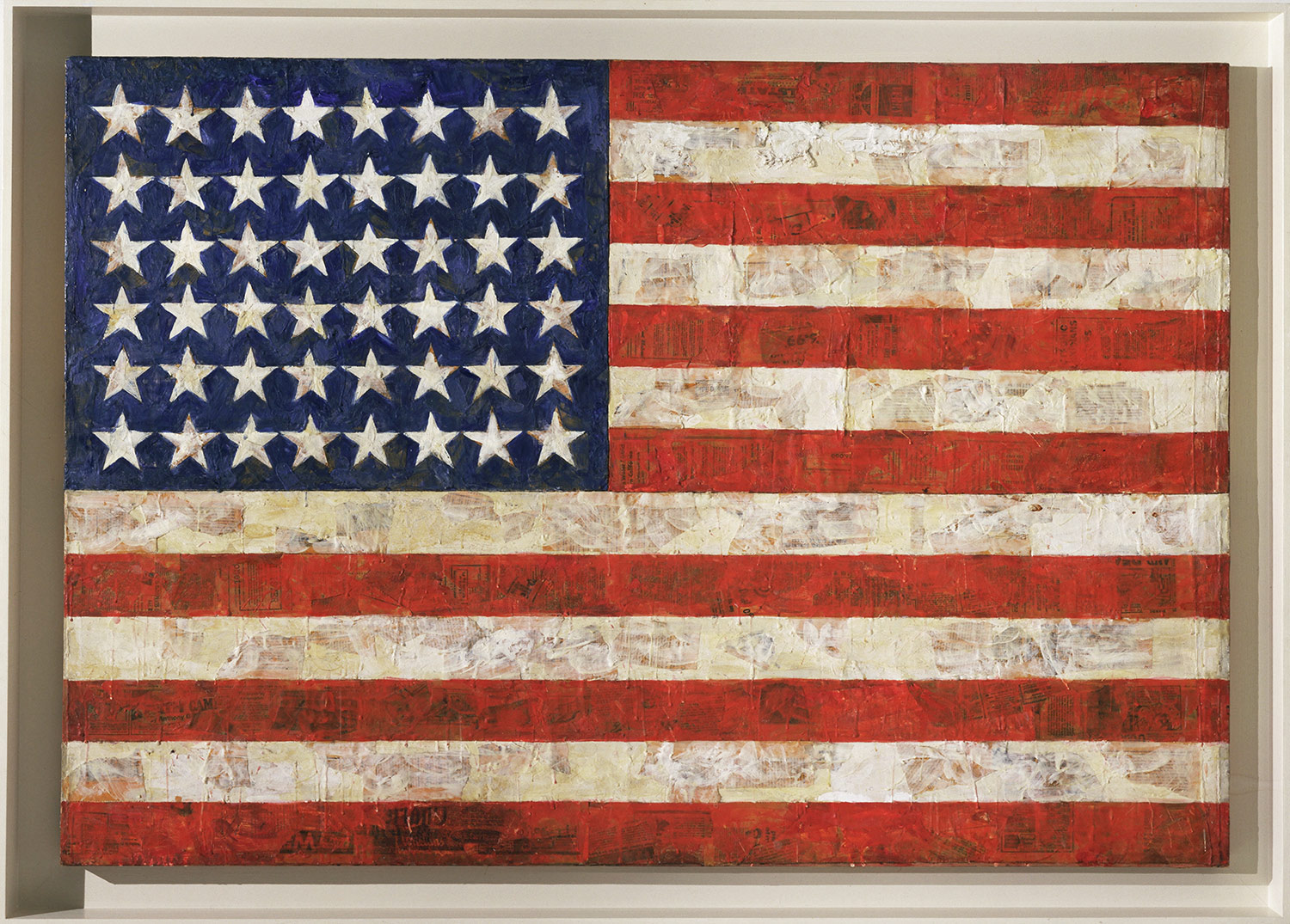Notes to Dave Hickey

I was looking through a few old sketchbooks the other day and came across these notes I'd taken at lectures given by Dave Hickey. I've actually photocopied these notes for people before, so they've been of some value to me, and others. In transcribing them I've attempted to follow my rather idiosyncratic mode of note taking--arrows, wacky lines and all.
Dallas Museum of Art
16 November 1998
not what causes art, but the consequences
Edward Ruscha “Well, I may be misinterpreting it myself.”
Art & writing—creates the occasion for argument about what [the artwork] might have meant
each era gets the art world it deserves
brings us together so we can sort ourselves out
a-historical culture—no change in A[rt]
revolutionary culture—change in A[rt]
change from an iconic to a representative art
from presence to likeness→stands for absence
embodied meaning—relationship of one sign to things like it
designative meaning—word refers to something unlike it
icon—presence, incarnation
image—likeness
real art world (ours) begins in the 16th century
Salvatore & Guido—Raphael and Michelangelo
Sal: I like the Raphael better
Guido: How can you like it better? Michelangelo is from an old family. Raphael is a street kid.
Discourse begins, has nothing to do with what paintings mean, has to do with economic conditions
Idiosyncratic Styles
↓
commercial competitiveness
distinct styles embody identical info
Sal likes that object best. Meaning is unimportant.
[the artwork is] invested w/ secular grace by the beholder
developed constituencies of people who talked about vaina
before the discourse was before [in front of] the work of art
“Did you see Fra. Angelico’s angels? Totally bitchin’, there’s some stuff there I can steal.”
years later:
“Couldn’t we replace this?”
1 individual person saying “we’ll keep it, we’ll preserve it.”
do we like it? is it worth saving?
that is how works are preserved.
Botticelli stuck in the basement
pre-Raphaelites bring it out
has to do with how works of art are invested with value from without
[works of art] have no intrinsic value
meanings come from without
If we like how something looks, but not what it means,
so we change what it means
oil glaze—to represent the incarnate word
later: look at the realism, [the] divine humanism of [the] Renaissance
look at the push-pull
crack it up with another meaning
paintings have no meaning
What are we arguing about?
we’re arguing about what we belive in, what we desire
communities of desire
object serve as locus of external endowments of value and meaning
Libby [Lumpkin] “we artist historians study how objects look, physicists study objects.
we ascribe meaning”
Warhol:
the interesting thing about the present moment is not that art is becoming more commercial, but that the commercial is becoming more artistic. the president drinks Coke, I drink Coke, if the Queen of England wants a Coke, it has to be a Coke, ‘cause nothing else will do.
democracy of objects
a world of originals infinitely dispersed
hard for Europeans; deeply hierarchical
meaning displaced—irony—vertical repression
we [Americans] can’t do irony,
we do cool
↓
[effortlessly] asserting yourself among peers
being who you are and not making a big deal of it
George Washington—talk about what he did
cool is an idea of incarnation
Monica Vitti—premodern creator
embodying something but not insisting upon it
all these diverse Americans:
people talk about their Ford
discourse of icons that hold the country together & help us sort ourselves out
discourse of value
world he grew up into [there were] Stones people & Beatles people, George Clinton people & Motown people
non-exclusive communities
It didn’t matter what Mick meant or what Lennon meant, it was the discourse that mattered
 Jasper Johns—first to understand that meaning and value come from with out:
Jasper Johns—first to understand that meaning and value come from with out:
flag—what matters is who salutes it
when the talk stops the object stops being art & becomes an artifact, unless it’s rescued
what’s the difference between The Simpsons and Frank Sellar(?)?
the audience
Whole genres can move from high to low or low to high
“high” art causes writing instead of talk
demonizes writing:
institutional and bureaucratic discourse
metaphysics of presence
painting and sculpture function like a high popular art, like jazz
[there is] art that causes writing and art that causes talk.
writing is there to control the talk.
writing wins because the talk goes away.
you don’t look at Las Meninas and say “wow, I think I’ll go home and write something about it.”
writing→creation→talk→writing→creation
Peter Saul—“It’s hard to keep them ugly. My goal is to come back 50 years after I’m dead and find two people standing in front of my paintings screaming at each other.”
things that survive:
raw information
less privative/reductive survives
reductive force=Donald Judd
[the] first time you like a work of art you Love what it doesn’t do.
This is great; this young woman is not doing anything I hate.
but the stuff that lasts has other qualities.
that which survives is that which allows itself to reallegorization
reductive art doesn’t have the staying power
at first you like it ‘cause it’s fresh (Marylin)
discourse is about “conflict of interest.”
there is no disinterested position from which to see the world.
90% poll watchers and 10% voters
If everyone in the art world works for it disinterestedly, what’s to be bought & sold or done?
Duchamp—artist as liberal artist
greek
arts of the mind versus arts of the hand
Johns [&] Warhol:
carefully aimed at subverting the discourse
If three people unrelated to the artist don’t call it art, I don’t think it is
what—
with the current art world we deal with things with the attention span of AM radio
over heard talking to Vernon Fisher before [the talk]:
“…and what it’s done is it’s created a whole generation of students who think that painting is pinko.”
Blanton 20th Century Series
1 November 2001
Beaux-Arts tradition
↓
“single source” tradition
↓
way of looking at art that disregards the intentions of the artist
↓
artworks: occasions for creating new communities
↓
competing ataliers (subcontractors) unique styles
↓
repeats Guido and Salvatore story
↓
embodiment of values
not talking about content, but composition & XXXX ‘
↓
“this is art”—look at this in the context of all the other art objects you’ve seen
↓
we don’t study objects,
physicists study objects.
we study the way objects look.
[Libby Lumpkin again]
↓
representation of constituency
embodiment of values
↓
Works do not have “content”
they are not containers.
they have a subject in a grammatical sense.
↓
subject vs. attribute
which is which
↓
roots & occasions of abstract art in [the] U.S.
↓
(Philip Fisher, Still the New World)
↓
Europe=specificity
↓
USA=blandness, assimilation, generalization
↓
20s identity politics
↓
Germanic retribalization
tribal feudalism
(tribal cultural identity)
↓
early 20th century
“people could have their own culture & stay the hell out of ours”
↓
reaction [coupled with assimilation]
↓
(generalization & abstraction)
hearths about which the country could gather
(Rothko)
↓
election (constituency)
(we elect abstract presidents, why not abstract art?)
“We will root out the evil ones who hide.”
What the hell? Is this George Bush and the Goblet of Fire?
↓
American artists as redeemed commercial illustrators
synthetic nature of painting
(a Rothko is always a hearth or a landscape)
(de Kooning, pictorial) (Pollock, dance of the artist)
objective correlatives in a public discourse of value
(all about the people in front of the painting, not the ones behind them)
writing & language in nonlinguistic aspects: process, image
a painting with a painting over it with another painting painting it out
occassions for discourse
could you imagine a misinterpretation for these paintings?
David Reed
freedom dramatized and designed.
art presented as expression of community
usually exclusive
(has anyone ever used “community” as a permissive term?)
Abstraction—
statistical generalization of a complex culture
redemptive
what wins never wins for long
the only works that live are those that are defined as beautiful or ugly.
we don’t notice/see what’s in between: the normative
“If we’re not self interested we’re dead, or soon will be.”
“nothing is profoundly what we want it to be”
give absence presence
the idea of the artist is a fiction we create to talk about the works.
Biography is embodiment of critical attitude
“Ed, how can you stand that everybody misinterprets your art?”
“Hey, I may be misinterpreting it myself.”
“the marketplace”
a place where people like art more than money
Mediterranean [culture] vs. Germanic [culture]

No comments:
Post a Comment